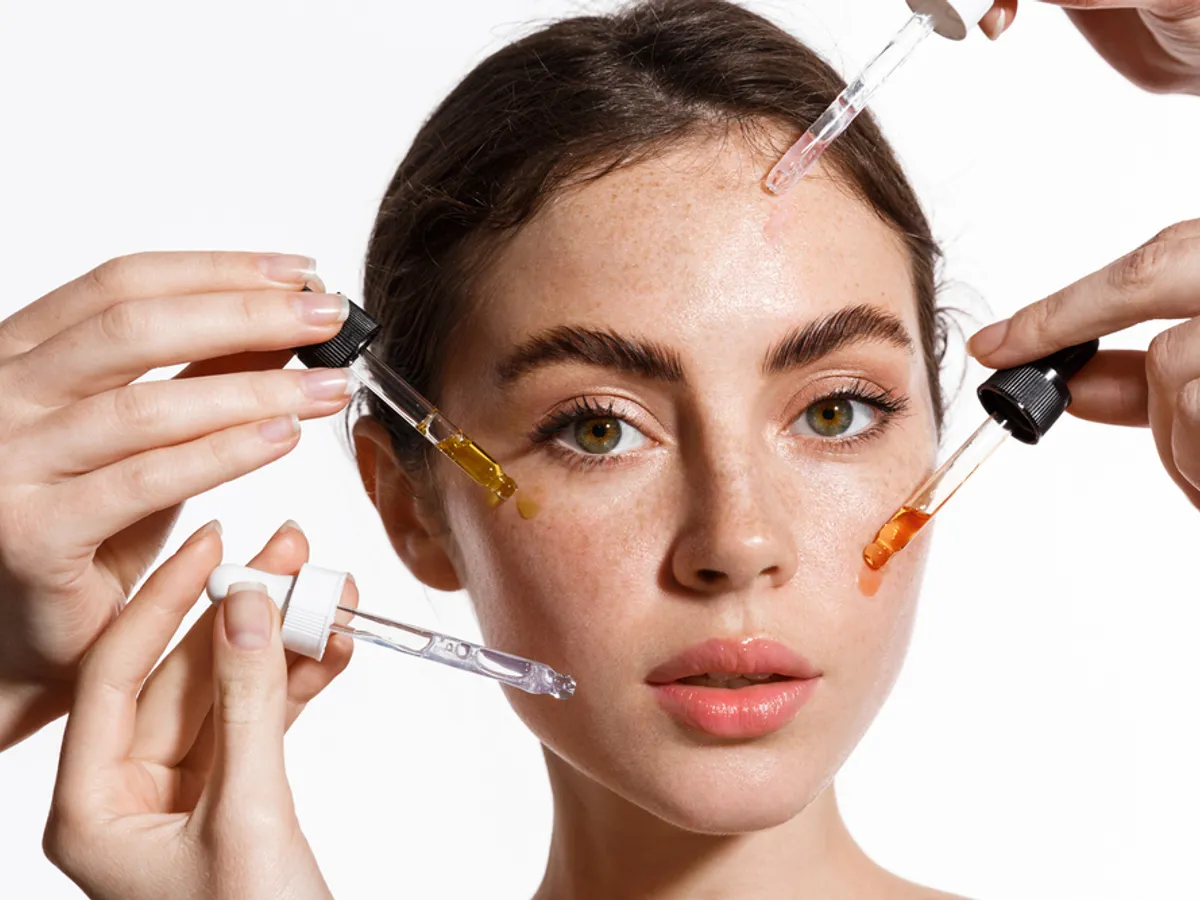When it comes to achieving healthy and radiant skin, understanding the complexities of skin pigmentation is essential. Skin pigmentation is the result of various factors, and for those dealing with concerns related to hyperpigmentation or uneven skin tone, Tranexamic Acid (TXA) has emerged as a potential solution. In this blog, we will explore the science behind skin pigmentation and the use of TXA in addressing these issues.
Understanding Skin Pigmentation
What is Skin Pigmentation?
Skin pigmentation refers to the natural color of your skin, which is determined by the presence of a pigment called melanin. Melanin is produced by melanocytes and is responsible for the variation in skin tones among individuals.
Types of Skin Pigmentation
Skin pigmentation can manifest in various ways, including:
- Melanin Production: Differences in melanin production lead to variations in skin color.
- Hyperpigmentation: This involves the darkening of certain areas due to an overproduction of melanin, often caused by sun exposure, hormonal changes, or skin damage.
- Hypopigmentation: Conversely, hypopigmentation results from a lack of melanin, causing lighter areas of skin.
Factors that Influence Skin Pigmentation
Skin pigmentation is influenced by multiple factors, including genetics, exposure to ultraviolet (UV) radiation, hormonal changes, and skin damage. These factors can lead to skin concerns such as age spots, melasma, and post-inflammatory hyperpigmentation.
The Role of Tranexamic Acid
What is Tranexamic Acid (TXA)?
Tranexamic Acid (TXA) is a synthetic derivative of the amino acid lysine. It was initially developed and used in the medical field to control bleeding and treat conditions like heavy menstrual bleeding. However, in recent years, TXA has gained attention for its potential in addressing skin pigmentation issues.
Mechanism of Action of TXA on Skin Pigmentation
TXA works by inhibiting the conversion of plasminogen to plasmin, an enzyme involved in the breakdown of fibrin blood clots. This anti-fibrinolytic property of TXA has also been found to have an impact on skin pigmentation. Research suggests that TXA can reduce melanin production and inhibit the inflammatory pathways that contribute to hyperpigmentation.
Scientific Studies and Research
Overview of Scientific Studies on TXA and Skin Pigmentation
Numerous scientific studies have explored the effectiveness of TXA in managing skin pigmentation. These studies have provided valuable insights into the potential benefits of TXA for individuals with hyperpigmentation issues.
Key Findings and Conclusions from Research
Research findings indicate that TXA can be an effective treatment for various types of hyperpigmentation, including melasma and post-inflammatory hyperpigmentation. Many studies have reported significant improvements in skin tone and a reduction in dark spots.
Evidence Supporting TXA’s Effectiveness
TXA’s effectiveness is backed by clinical evidence, making it a promising option for those seeking to address hyperpigmentation concerns. However, it’s essential to consult a dermatologist for personalized recommendations and treatments.
TXA in Skincare and Cosmetics
How TXA is Incorporated into Skincare Products
TXA can be found in a range of skincare products, including serums, creams, and masks. These products are designed to be applied topically and are often used in conjunction with other skincare ingredients to enhance their efficacy.
Benefits of TXA in Cosmetic Applications
TXA in skincare products can help reduce the appearance of dark spots, even out skin tone, and improve overall skin texture. It is considered a valuable addition to the arsenal of skincare ingredients designed to target hyperpigmentation.
Potential Side Effects and Precautions
While TXA is generally well-tolerated, it’s essential to be aware of potential side effects, such as skin irritation or allergies. Consult with a dermatologist before incorporating TXA products into your skincare routine.
TXA vs. Other Skin-Lightening Agents
Comparison with Commonly Used Skin-Lightening Ingredients
TXA is often compared to other skin-lightening ingredients, such as hydroquinone and kojic acid. Understanding the differences and advantages of each can help you make an informed decision about your skincare routine.
Advantages and Limitations of TXA in Skin Pigmentation Management
TXA offers several advantages, including its safety profile and effectiveness in treating various forms of hyperpigmentation. However, individual results may vary, and it may not be suitable for everyone.
Safety and Precautions
Discuss Safety Concerns and Potential Risks
It’s essential to be aware of potential risks associated with TXA use, such as skin irritation or allergies. Discuss safety concerns and when to discontinue use.
Recommendations for Proper Usage and Precautions
Consult a dermatologist before incorporating TXA products into your skincare routine. They can provide personalized recommendations based on your specific skin type and concerns.
DIY TXA Skincare Recipes
Share Simple DIY Skincare Recipes Using TXA
For those interested in a more hands-on approach to skincare, we provide simple DIY recipes for creating TXA-infused skincare products at home.
Step-by-Step Instructions for Homemade TXA Skincare Products
Follow our step-by-step instructions to create your DIY TXA skincare products, allowing you to tailor your skincare routine to your specific needs.
Takeaway
In conclusion, understanding the science behind skin pigmentation and the role of Tranexamic Acid is crucial for individuals looking to address hyperpigmentation and achieve a more even skin tone. While TXA holds promise in the field of skincare, it’s essential to consult a dermatologist for personalized recommendations. The future of TXA in skincare and dermatology remains exciting and promising.
Embark on your journey towards melasma-free skin with the assurance of Cosmos Clinic‘s leading-edge expertise in Tranexamic Acid treatment, setting the standard for excellence in skincare.












